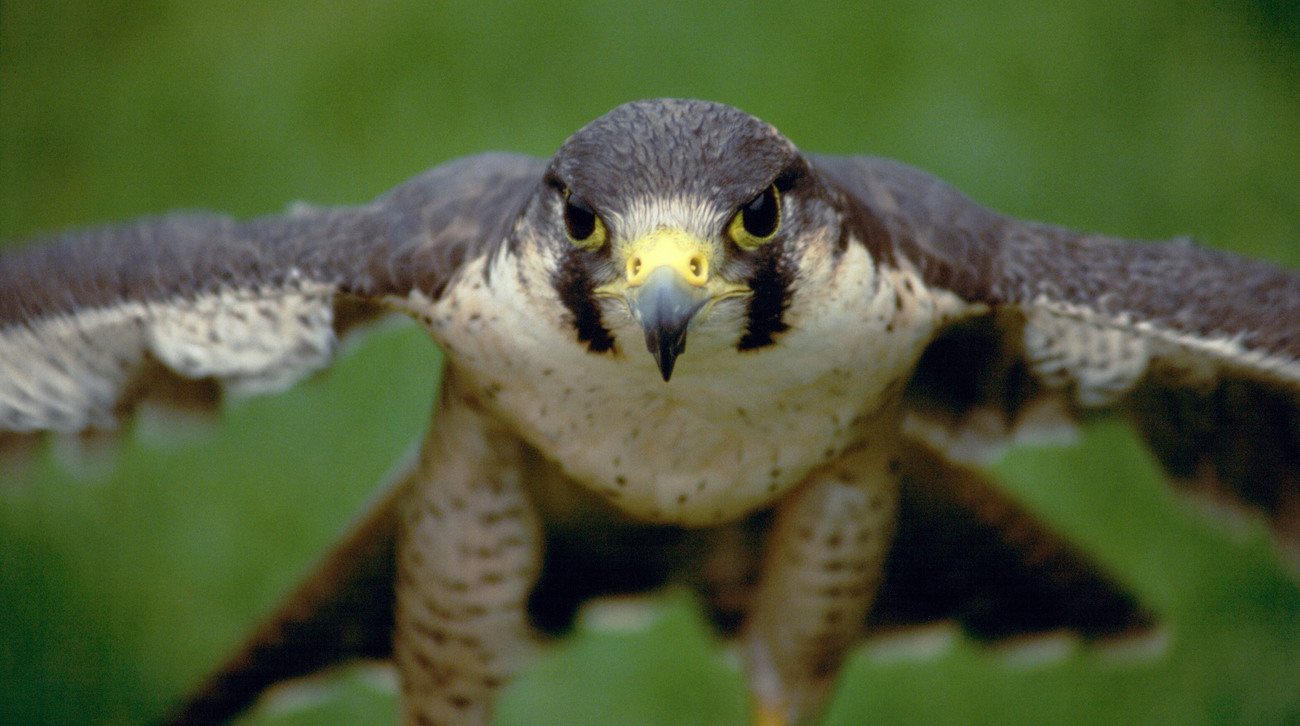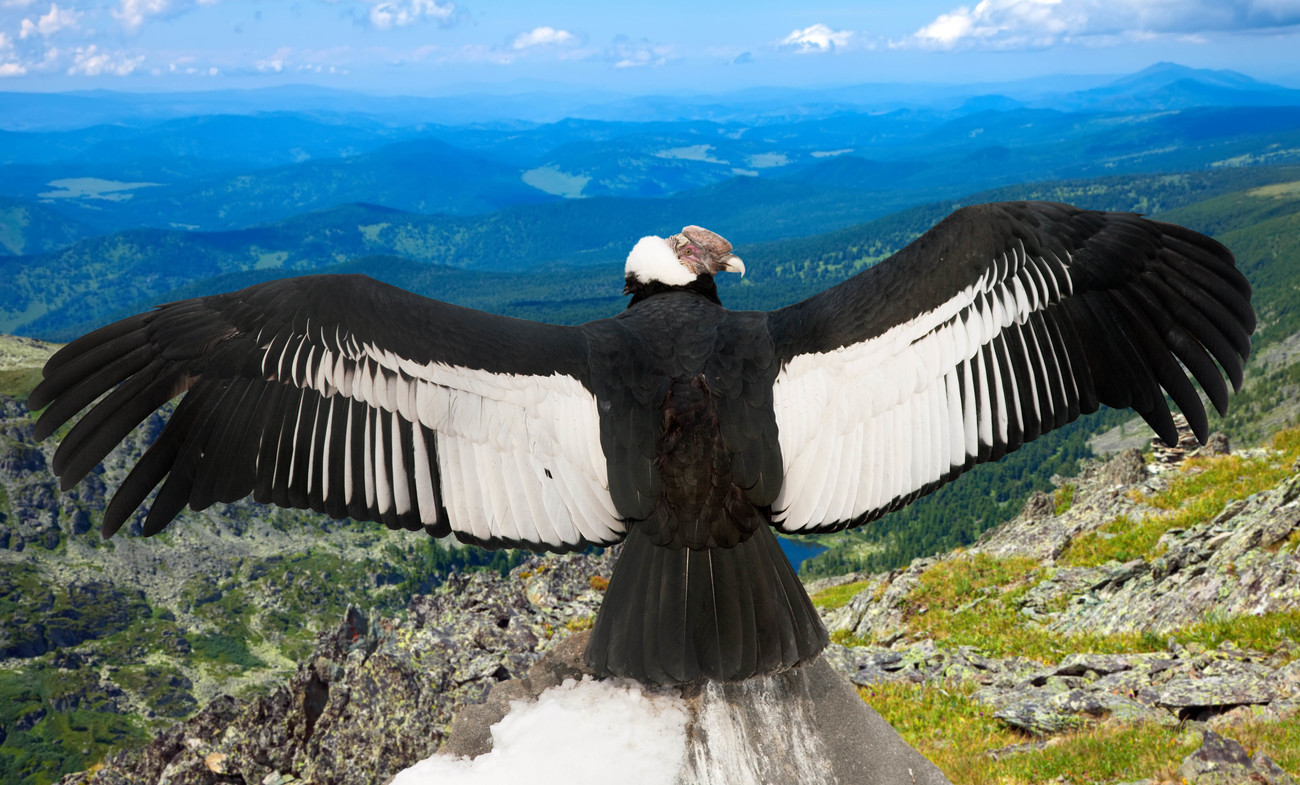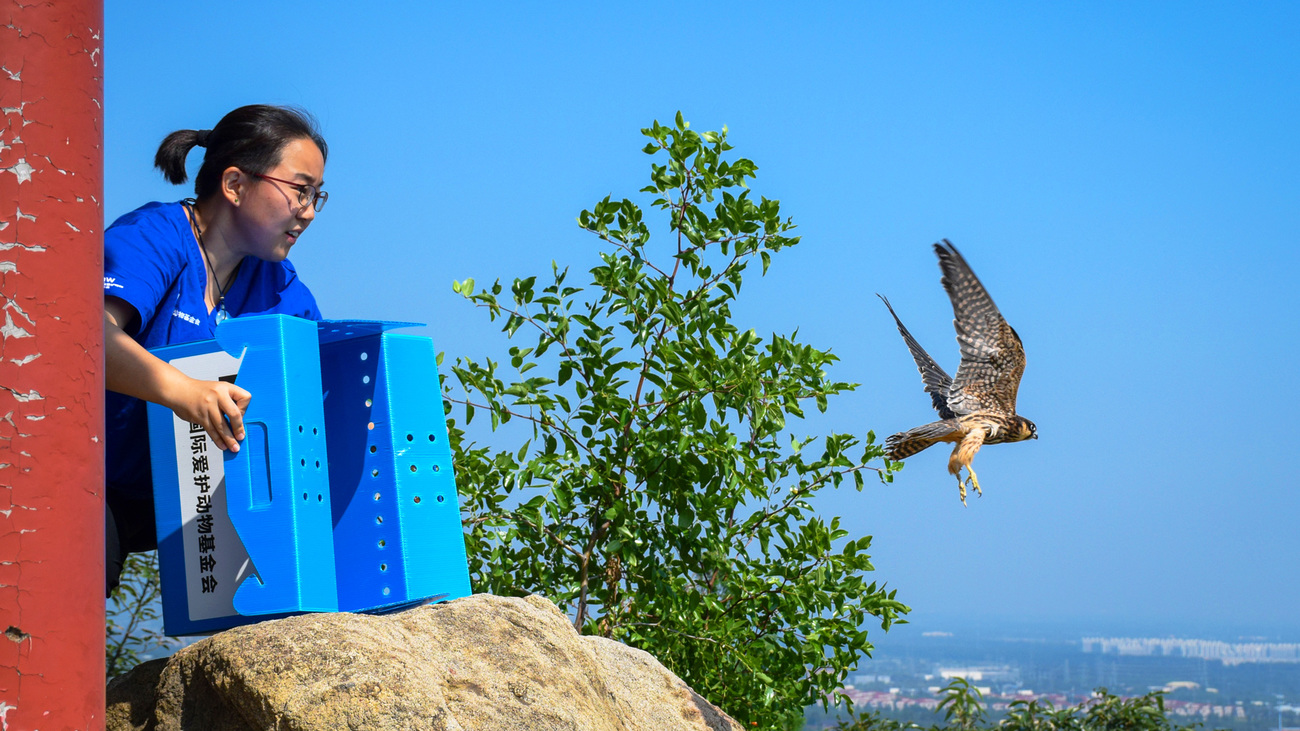Beijing Raptor Rescue Center - China
Birds of prey are falling prey in Chinafacts and statistics about birds of prey
facts and statistics about birds of prey

1. Birds of prey, also known as raptors, are a group of birds that includes hawks, owls, eagles, vultures, falcons and more. Birds of prey hunt and feed on animals like rabbits, rodents, fish, lizards and other birds.
2. Raptors are characterized by sharp vision that allows them to detect and catch prey with their strong talons and hooked beaks, often during flight.
3. More than 560 species of raptors live around the world and raptors can be found on every continent (except Antarctica).
4. Raptors fly in ways that help them hunt, such as gliding and soaring to spot prey and powerful dives and agile pursuit to capture prey.
5. Most birds of prey are quite solitary as they avoid competition for food. Many of those that gather in flocks do so only as part of peak migration periods or at winter feeding grounds.
6. As apex predators, birds of prey play an important ecological role in maintaining the environmental health of their natural habitat. They remove old, sick and weak animals from prey populations and help keep these populations under control.

7. The Andean condor, an endangered species, is considered the largest bird of prey with a wingspan of 3 meters (9.8 feet) and a weight of up to 15 kilograms (33 pounds). The elf owl is one of the smallest birds of prey, with a wingspan of 26.5 centimeters (10.5 inches) and a weight of 40 grams (1.4 ounces).
8. The farthest-traveling bird of prey is the Amur falcon, which migrates from Siberia to South Africa, a distance of around 22,000 kilometers (13,600 miles).
WATCH: World's fastest bird in super slow motion
9. The peregrine falcon, a bird of prey, is one of the fastest animals on earth and can reach more than 320 kilometers per hour (200 miles per hour) when it dives towards prey. Peregrine falcons are the most widely distributed bird of prey in the world.
10. Birds of prey are indicator species, which means that monitoring their population changes gives insight into environmental threats such as climate change, habitat loss and wildlife trade.

What is IFAW doing to help birds of prey?
IFAW works tirelessly to protect many kinds of animals, including birds of prey. Birds of prey and their natural habitats face many human-caused threats, including environmental pollution, urbanization and the use of pesticides and rodenticides. Birds of prey are often seen as a threat or nuisance to communities and are shot or poisoned. Some birds of prey are caught and kept in captivity as exotic pets and for falconry, both legally and illegally.
Beijing, one of the world’s largest cities, is in the path of a major migratory route for raptors. Birds of prey are protected by law in China, but they are often victims of environmental degradation and illegal wildlife trade. In 2001, IFAW partnered with Beijing Normal University to open the Beijing Raptor Rescue Center (BRRC), where we rescue, rehabilitate and return birds of prey back to the sky. For the past 20 years, our rehabilitators and their raptor ambulance have been on call seven days a week, 365 days a year, rescuing more than 5,500 birds of prey.
The common kestrel, a bird of prey that adapts very well to urbanization, is the bird most frequently rescued by BRRC. Over the past 20 years the team has rescued more than 1,500 common kestrels. The largest bird of prey rescued by BRRC is the cinereous vulture, with a wingspan of 3.1 meters (10 feet). The smallest is the oriental scops owl, the smallest bird of prey in Beijing, which weighs less than 100 grams (¼ pound). BRRC has also rescued eagle owls, one of the largest owls in the world with a wingspan of up to 2 meters (6.5 feet).
Learn more about birds of prey and how IFAW is working to protect them and their habitats.
Related content
Our work can’t get done without you. Please give what you can to help animals thrive.